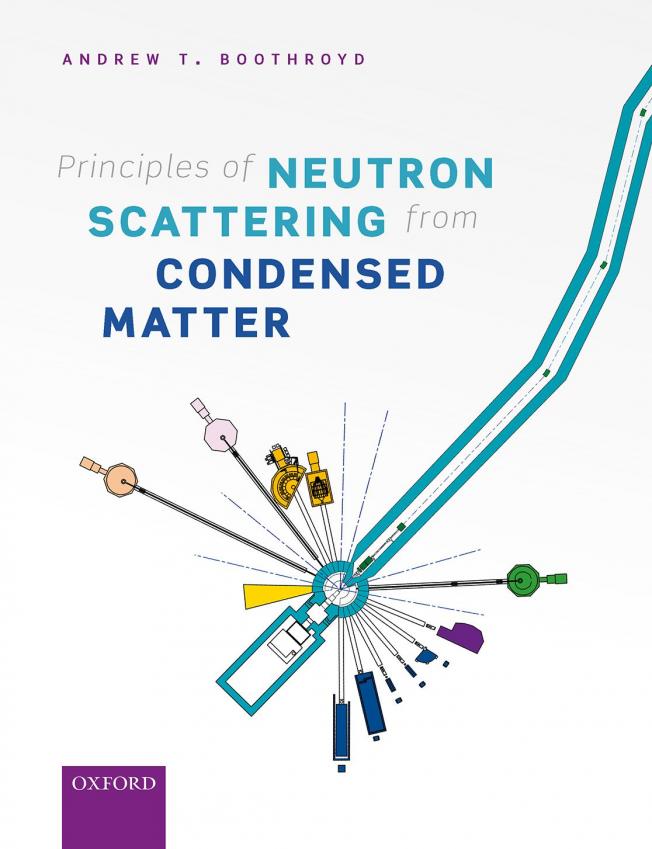A model for coupled $4f-3d$ magnetic spectra: a neutron scattering study of the Yb$-$Fe hybridisation in Yb$_3$Fe$_5$O$_{12}$
(2021)
Magnetic structure of the topological semimetal YbMnSb2
Physical Review B American Physical Society 104:16 (2021) L161103
Abstract:
The antiferromagnetic (AFM) semimetal YbMnSb2 has recently been identified as a candidate topological material, driven by time-reversal symmetry breaking. Depending on the ordered arrangement of Mn spins below the Néel temperature, TN = 345 K, the electronic bands near the Fermi energy can either have a Dirac node, a Weyl node, or a nodal line. We have investigated the ground state magnetic structure of YbMnSb2 using unpolarized and polarized single crystal neutron diffraction. We find that the Mn moments lie along the c axis of the P4/nmm space group and are arranged in a C-type AFM structure, which implies the existence of gapped Dirac nodes near the Fermi level. The results highlight how different magnetic structures can critically affect the topological nature of fermions in semimetals.The magnetic structure of the topological semimetal Co$_3$Sn$_2$S$_2$
(2021)
Magnetic excitations and structure of the topological semimetal YbMnSb 2
Acta Crystallographica Section A: Foundations and advances International Union of Crystallography (IUCr) 77:a2 (2021) c554-c554
Magnetic and electronic structure of the topological semimetal YbMnSb$_2$
(2021)


